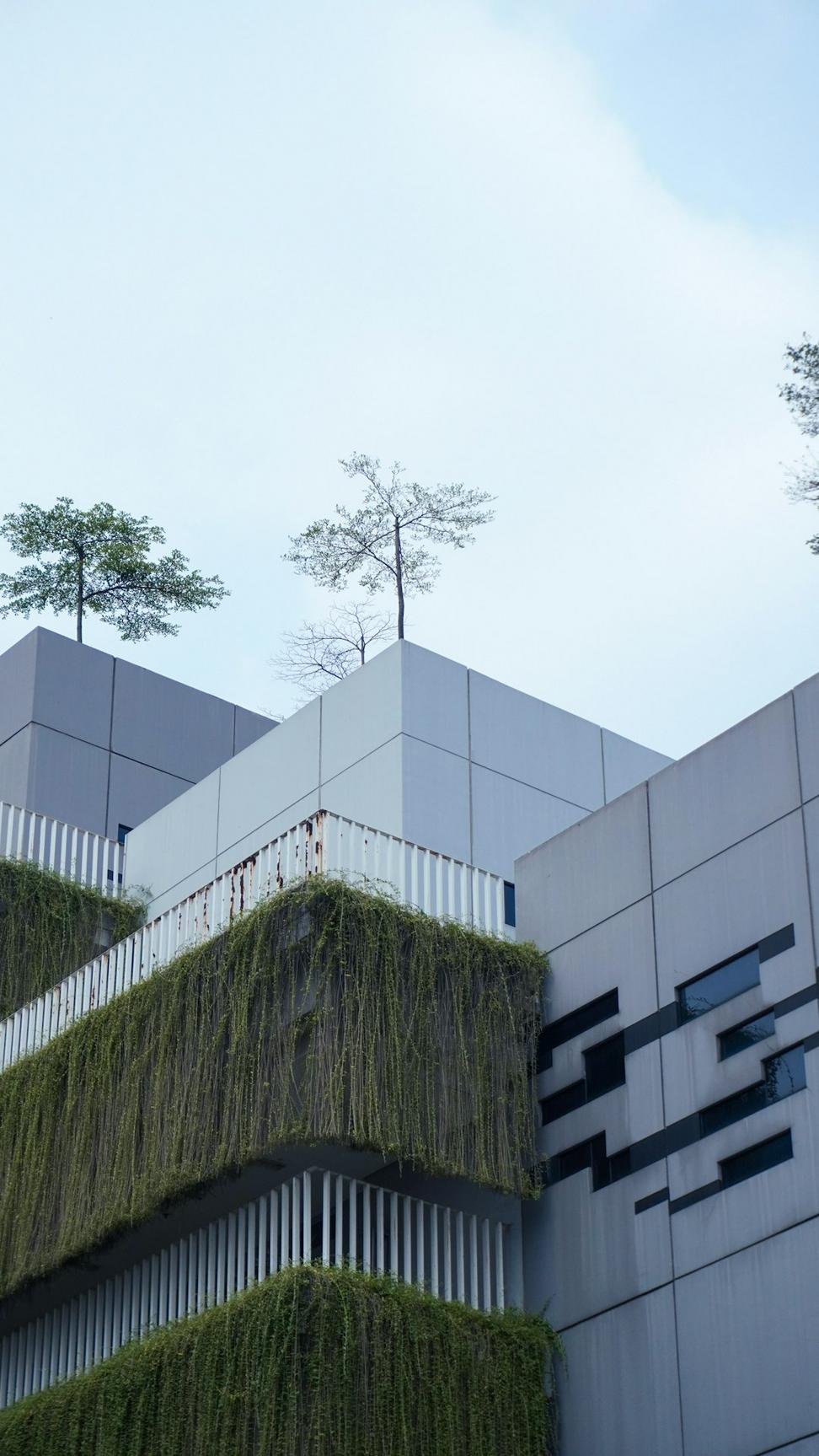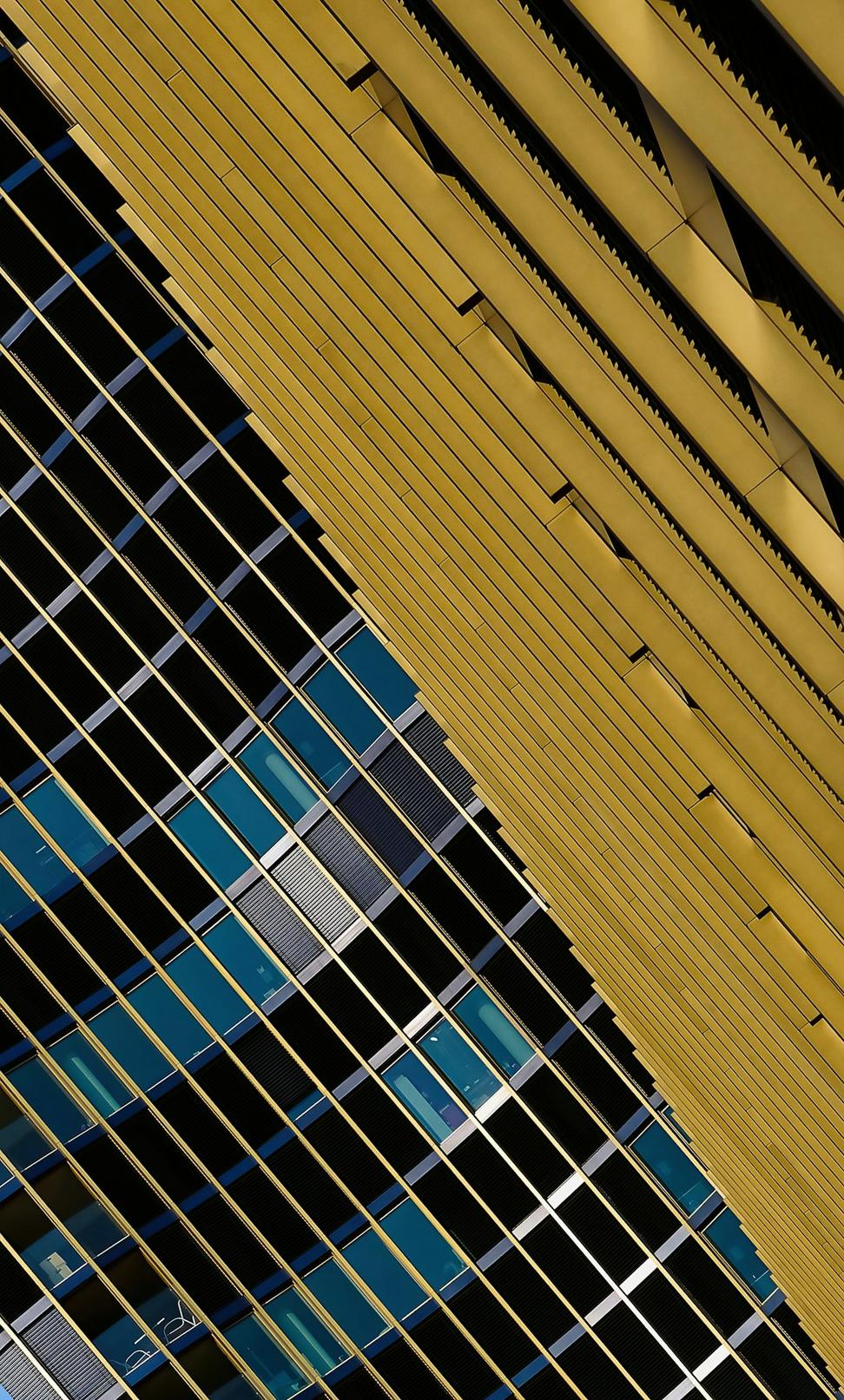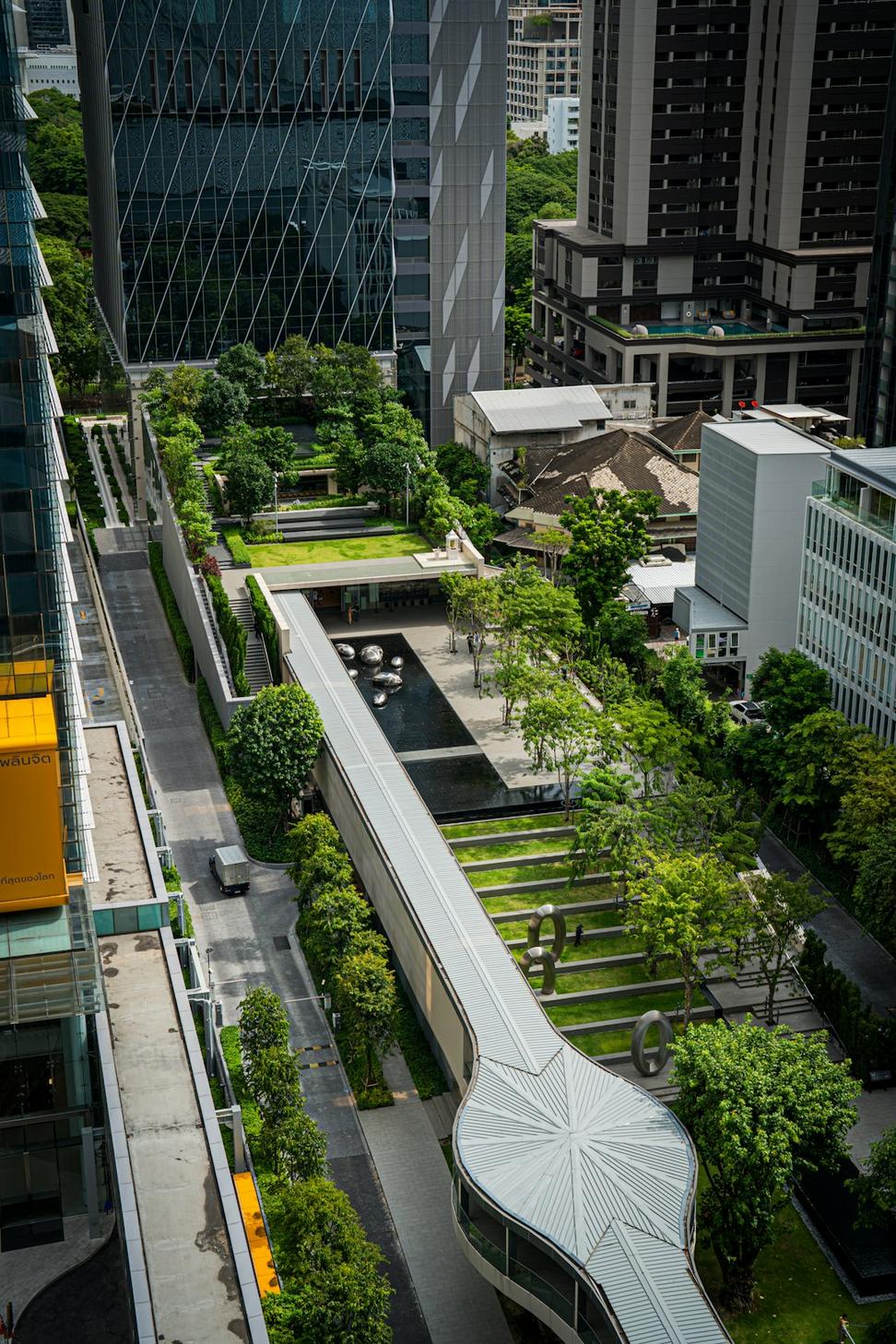
Our Carbon Commitment
Every project we touch goes through a carbon analysis. We're aiming for net-zero by design, not as an afterthought. It's gotten to the point where we automatically think in terms of lifecycle impact before we even sketch.
Why We're Obsessed With This Stuff
Look, we've seen too many "green" projects that were basically greenwashing with a fancy certificate. That's not what gets us out of bed in the morning. We're talking actual, measurable impact - the kind where you can track energy savings month by month and watch your utility bills drop.
Started really diving deep into this around 2015 when a client asked us to renovate an old warehouse. Instead of gutting everything, we challenged ourselves to keep 80% of the existing structure. Turns out, adaptive reuse isn't just better for the planet - it creates spaces with character you just can't replicate with new construction.
Energy First
Passive design strategies before throwing tech at problems. Orientation, thermal mass, natural ventilation - the basics still work.
Water Wisdom
Rainwater harvesting, greywater systems, native landscaping. Toronto gets enough rain - might as well use it smartly.
Material Honesty
Local sourcing when possible, reclaimed materials when it makes sense, and full transparency on embodied carbon.
Biophilic Integration
People need nature, not just pictures of it. Living walls, natural light, views that actually matter.

